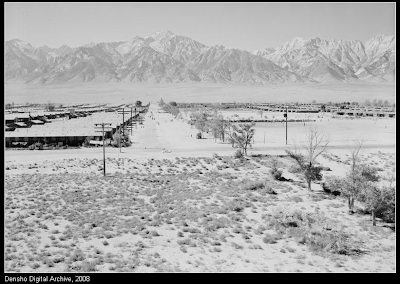State of the Union 2014
In his State of the Union address, the President applauded the success of rooftop solar - noting that every four minutes another home or business goes solar. He also encouraged Congress to cut subsidies for fossil fuels. Importantly, he also vowed to protect pristine federal lands for future generations. If the United States can execute on this vision, we can deliver a promising future that slashes fossil fuel emissions, generates clean energy in a responsible fashion, and preserves our country's natural treasures and open spaces. However, the Obama administration's track record on conservation and responsible energy development is poor. The President's all of the above energy strategy has scarred public lands with more natural gas wells and fracking, allowed drilling in the Arctic, and permitted massive solar projects on some of the most important wildlife corridors in the Mojave Desert. It is time to abandon this reckless approach and focus on a sustainable futur


